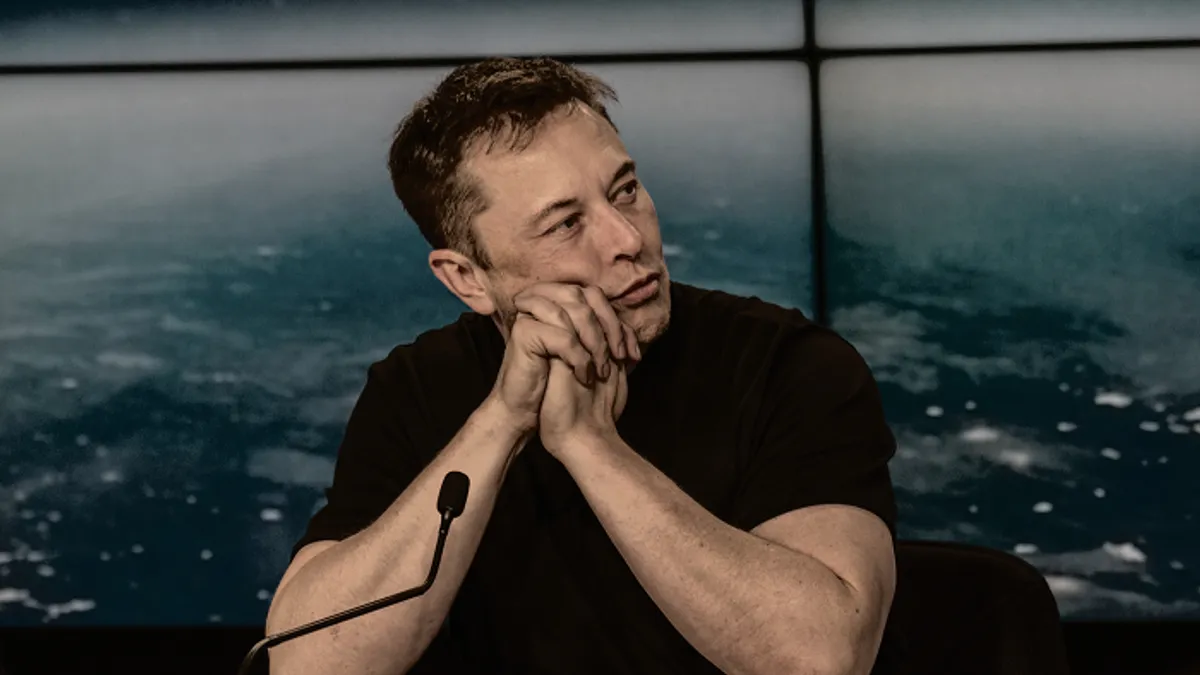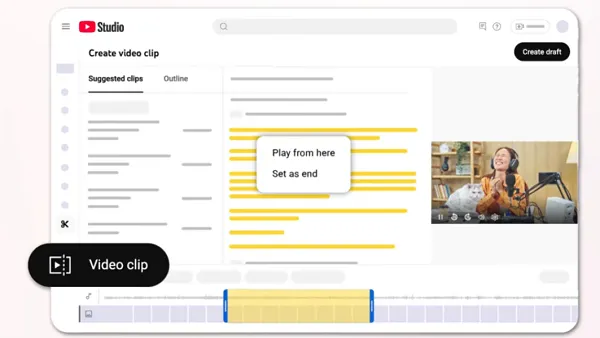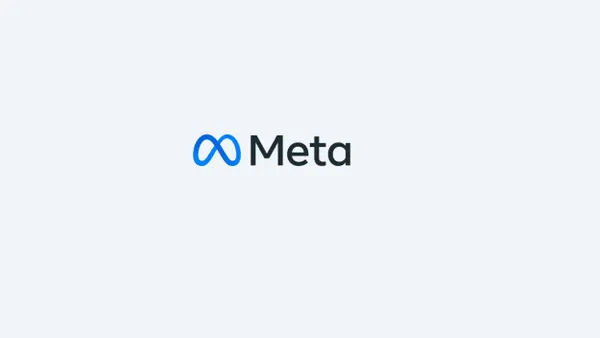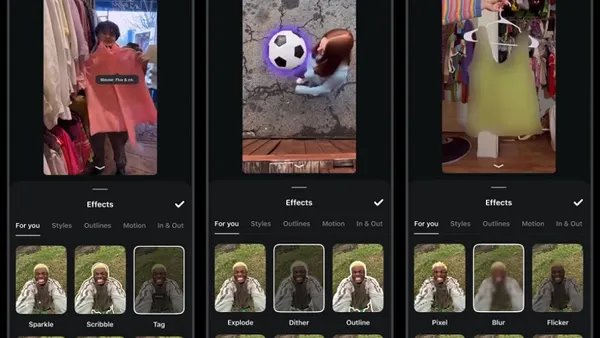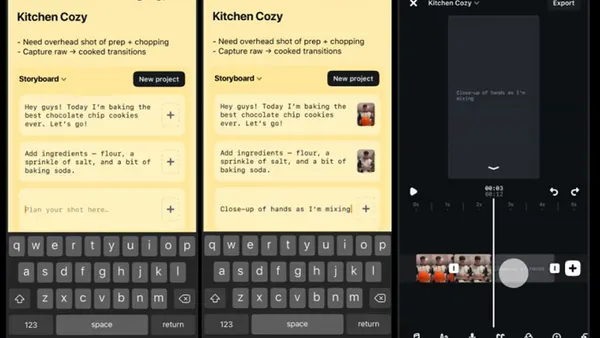A major challenge many small business-to-business (B2B) companies face is a tight marketing budget. As a result, small B2B companies must gain a positive return from their paid advertising campaigns because they can't afford wasting resources. One of the best ways to avoid wasting your marketing dollars is to make sure you are targeting as specific an audience as possible.
I'd recommend small B2B businesses use LinkedIn's pay-per-click (PPC) advertising platform because businesses can reach an audience of qualified prospects who have specific job positions, work in targeted industries, and are located in targeted geographic locations. This helps small B2B companies attract more qualified traffic and pay for fewer unproductive clicks.
There are two types of LinkedIn advertising campaigns: Sponsor Content and Ad Campaign.

Sponsor Content shows your ad on users' news feeds while the Ad Campaign displays on the right-hand side of the feed.

(Sponsor Content)

(Ad Campaign)




The average minimum cost of a click from Sponsor Content is greater than a click from Ad Campaign because Sponsor Content displays more prominently on users' news feeds, which is considered a higher-value space that's more likely to generate traffic.
The setup process for creating a Sponsor Content and Ad Campaign are essentially the same.
Here are five steps you should take to create an effective LinkedIn ad campaign:
Here are five steps you should take to create an effective LinkedIn ad campaign:
1. Define your buyer personas
Buyer personas are fictional stereotypical profiles of decision makers who will be involved in the purchase of your product or service. Developing buyer personas helps you zoom in on your target audience and identify their needs.
The easiest way to develop buyer personas is by creating and filling a customer profile template such as the one below:




(Source: HubSpot)





The most important part of a developing a buyer persona or customer profile is the identification of consumer challengers (or pain points) because it helps you tailor your product's value proposition. Develop buyer personas for each type of audience you want to address. The more specific you can be, the easier it will be to create effective ad content.
2. Create different groups of ads to target various stakeholders
Once you've developed buyer personas and identified your audience's challenges, create customized ads to target each persona.
For example, if you're selling an online sales tool to financial institutions, you should develop different ads to target different stakeholders such as the Sales Manager or Business Development Manager. For instance, to target the Sales Manager, your ad might say "Want to Increase Sales Performance and Reach Target Goals?". To target the Business Development Manager, your ad may say "Find New Clients Easily and Explore New Business Opportunities."
3. Launch multiple LinkedIn campaigns to target different stakeholders
Once you've created different buyer personas and customized ads, it's time to launch multiple LinkedIn campaigns to target the different personas. Here's how you to do it:
- Move your cursor to Business Services and then click on Advertise.

- Click on Get Started

- Select the type of campaign you want to launch: Sponsor Content or Ad Campaign.

- Create your campaign and ad(s).

For instance, you can create a campaign called "Sales Tool - Sales Manager" and another one called "Sales Tool - BizDev" to promote your online sales tool to Sales Managers and Business Development Managers, respectively.
4. Specify your target audience
After you've added campaigns and customized ads, specify the audience you want each campaign to target by selecting the geographic location of the prospects, industry they work in, job titles they have, and other information.

You can also exclude professionals from certain companies from seeing your ads by using the Company Exclusion feature. For example, you can prevent employees who work at competing companies from seeing your ads since you won't generate sales or achieve other business goals, and in fact you will lose money when they click.

5. Set your bidding cost
The cost-per-click varies depending on how you set up your campaign so use your own judgment on how much you want to bid per click. The LinkedIn minimum is $2.00 per click.

Bidding is like an auction, so a higher bid will help you gain impressions and clicks. LinkedIn provides a "Suggested bid range" and it's best not to go below that range. Your daily budget needs to be high enough to supports the number of clicks you hope to get. For example, a $25 per day budget can support five clicks per day at a CPC of $5. However, with the same budget, at $2.50 per click, your campaign can support ten clicks. Continuously review your results and adjust your budget to get the most out of it. For example, you may find that you can lower your bid to $3 per click and still achieve your target of 5 clicks per day.
LinkedIn's PPC advertising platform is an effective tool for small B2B companies because it lets you reach an audience of professionals who work in targeted industries, have specific job positions, and are located in targeted geographic locations. This helps you invest your ad dollars more productively on prospects who are more likely to purchase your product or service.
By following the five steps above, you can develop targeted buyer personas and address them with customized LinkedIn campaigns and ads. Narrow your advertising campaign to reach a qualified audience. This will help you attract qualified traffic, gain high CTR, and most importantly, get more from your marketing budget!




